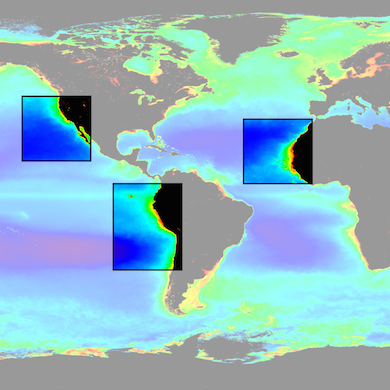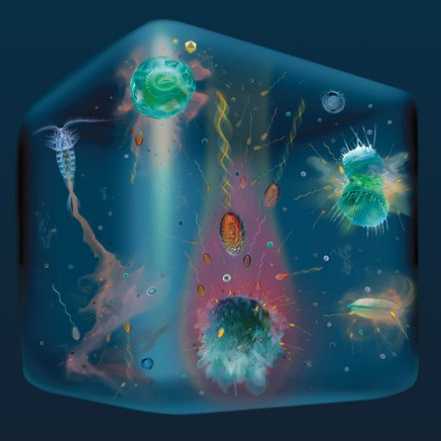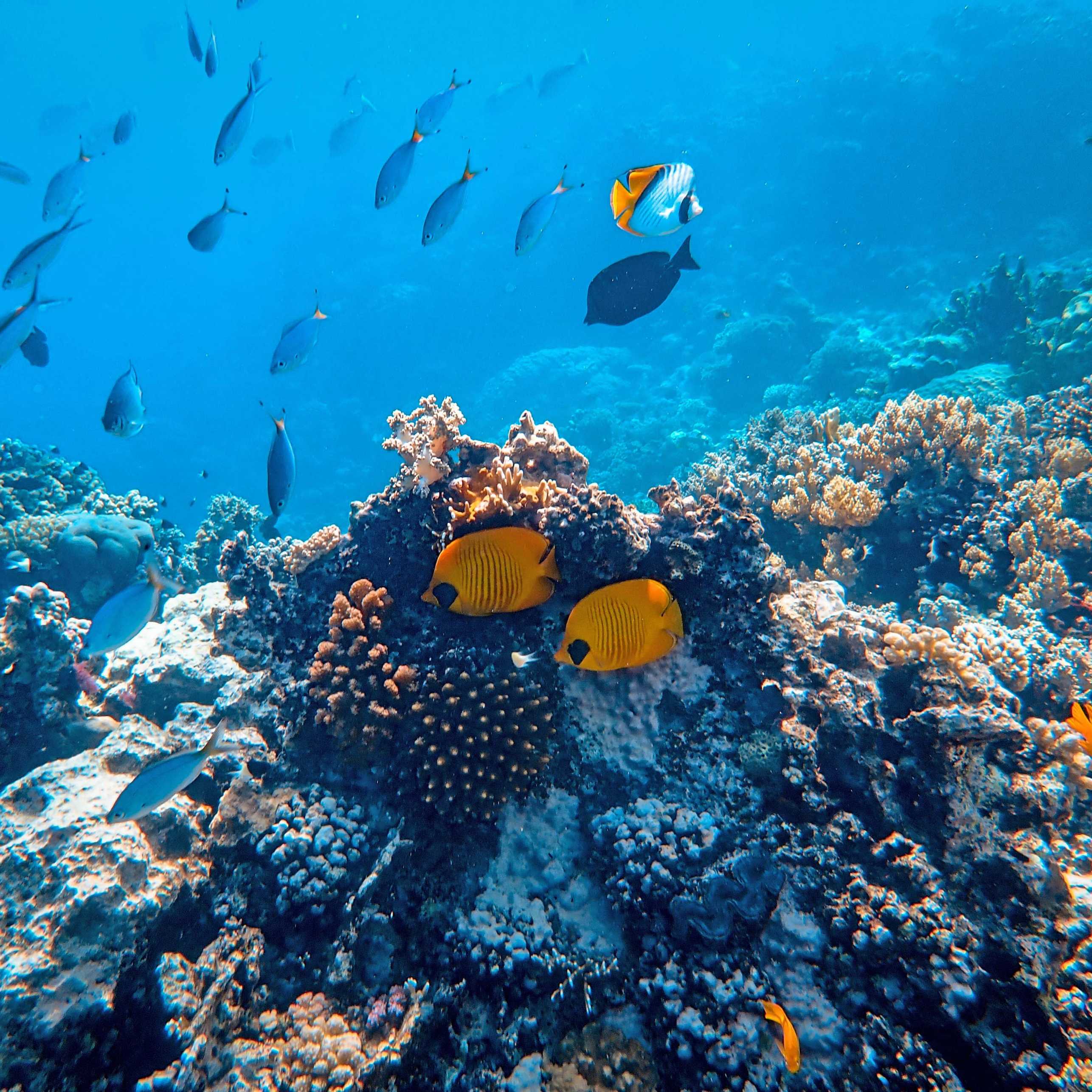Goal 14: Life Below Water
Conserve and sustainably use the oceans, seas and marine resources for sustainable development
Pollution and over-exploitation of our oceans are posing ever-greater problems, such as an acute threat to biodiversity, ocean acidification and an increase in plastic waste. A continuously growing global population will be even more dependent on marine resources in future. Goal 14 advocates significantly reducing all kinds of marine pollution and minimising ocean acidification by 2025, as well as sustainably managing and protecting marine and coastal ecosystems by as early as 2020. It also aims, by 2020, to regulate harvesting in an effective manner and to halt overfishing by ending illegal and unregulated fishing and destructive fishing practices. In addition, Goal 14 aims to prohibit specific types of subsidy to fisheries.
Source: www.eda.admin.ch/agenda2030 (edited)
Contributions of ETH Zurich (examples)
Within the framework of its core areas of research, education, campus and dialog with society, ETH Zurich contributes to Goal 14, for example, by the following activities:
Protecting our oceans
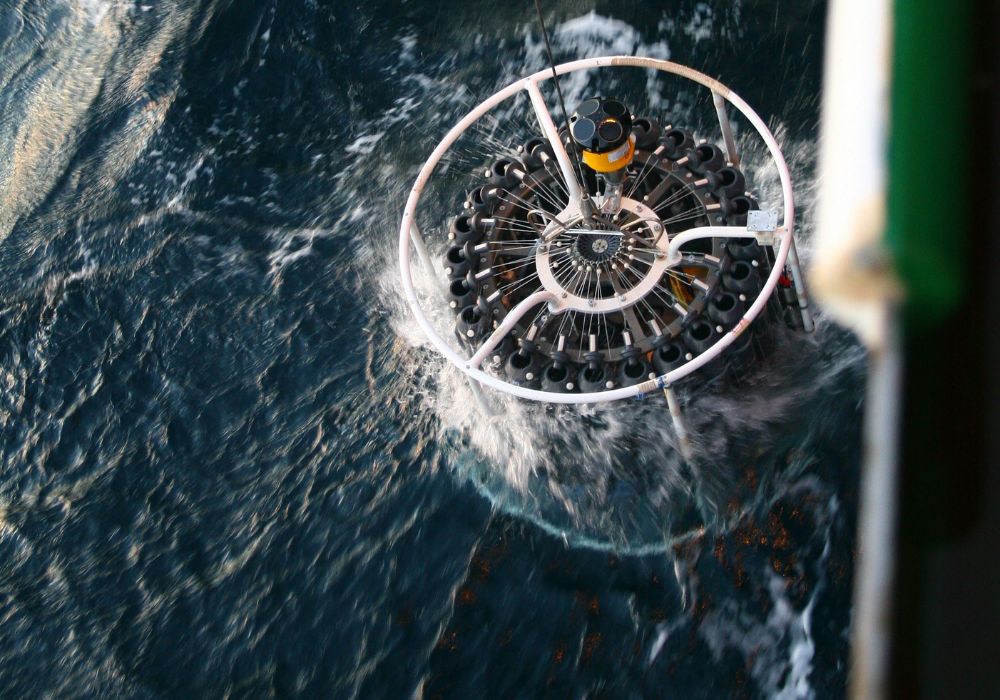
ETH Zurich's Institute of Biogeochemistry and Pollutant Dynamics (IBP) is at the forefront of ocean research, harnessing the power of tracer oceanography to gain insights into the vital role oceans play in regulating global climate. A pioneering approach uses radioactive atoms, from industrial processes, as tracers. This enables the detection of ocean movements, understanding the pathways water masses follow, and assessing their capacity to store substances like greenhouse gases. As global climate patterns shift, understanding these ocean dynamics becomes paramount. Recognizing the oceans' significant impact on climate regulation can lead to better climate change strategies, even for landlocked regions. Read more here.
Soft robots modelled on nature

At the Soft Robotics Lab, cutting-edge robotics takes inspiration from nature's flexibility. Drawing on the fluid movements of aquatic creatures, the team has pioneered the creation of soft robotic fish that emulate the undulating movements of their natural counterparts. These robots, in contrast to conventional underwater vehicles, minimize disruption to delicate marine ecosystems. Biomimicry guides the lab's efforts in understanding marine life and fostering the study of underwater species. The ultimate vision? Robots that seamlessly integrate into natural environments, constructed sustainably and biodegradable, emphasizing harmonious coexistence and driving ecological awareness. Read more here.
3D-printing a new home for reef life
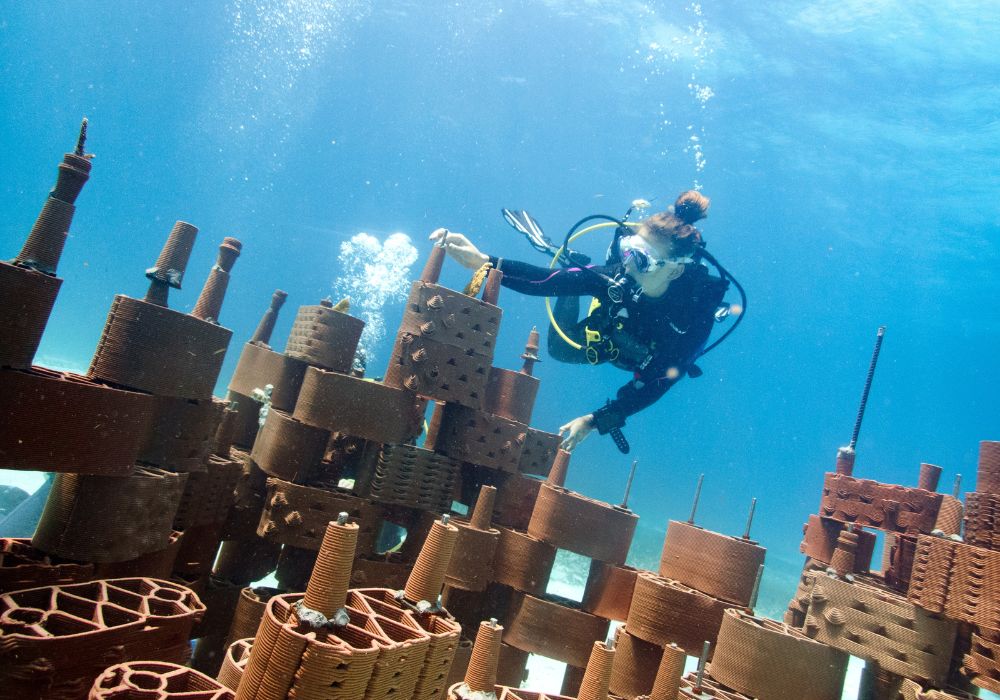
Innovative solutions have to be developed to combat the alarming decline of coral reefs globally. The initiative external page "rrreefs" focuses on reconstructing degraded coral ecosystems using 3D-printed modules made from natural clay. These unique, modular systems not only provide a habitat for marine life but also boost coral larvae settlement. With a mission to rejuvenate 1% of coastal coral reefs by 2033, rrreefs emphasizes the vital role companies and individuals can play in creating positive ecological change and fostering awareness about preserving coral reefs. Read more here.
Intensive Research on Oceans and Coasts
The Environmental Physics Group studies the interaction between the Earth’s biogeochemical cycles and climate from the global to regional scales. The group teaches a broad set of courses, including: Introduction to Physical Oceanography, Global Biogeochemical Cycles and Climate and Carbon Mitigation.
Spying on Microbes
In the Stocker lab, researchers from ETH Zurich spy on the lives of microbes. They are particularly passionate about marine microbes and their role in the health and disease of ocean ecosystems.
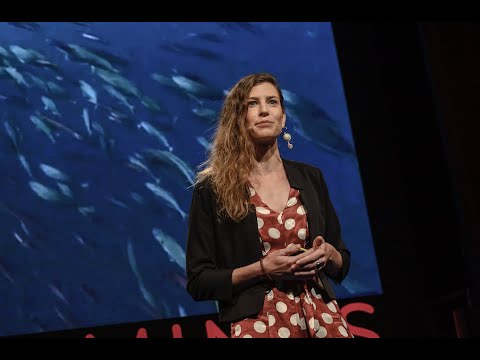
Restoring Degraded Reefs
The marine biologist Dr. Ulrike Pfreundt aims to use ecologically sound 3D printed structures to create artificial reefs that provide new habitats for more resistant corals.
Exploration of Underwater Life
The Soft Robotics Lab’s (SRL) work presents a soft robotic fish, which can swim in three dimensions. It continuously records the aquatic life in which it swims and with which it interacts. The findings demonstrate methods that can be used for studying the interactions of aquatic life and ocean dynamics.
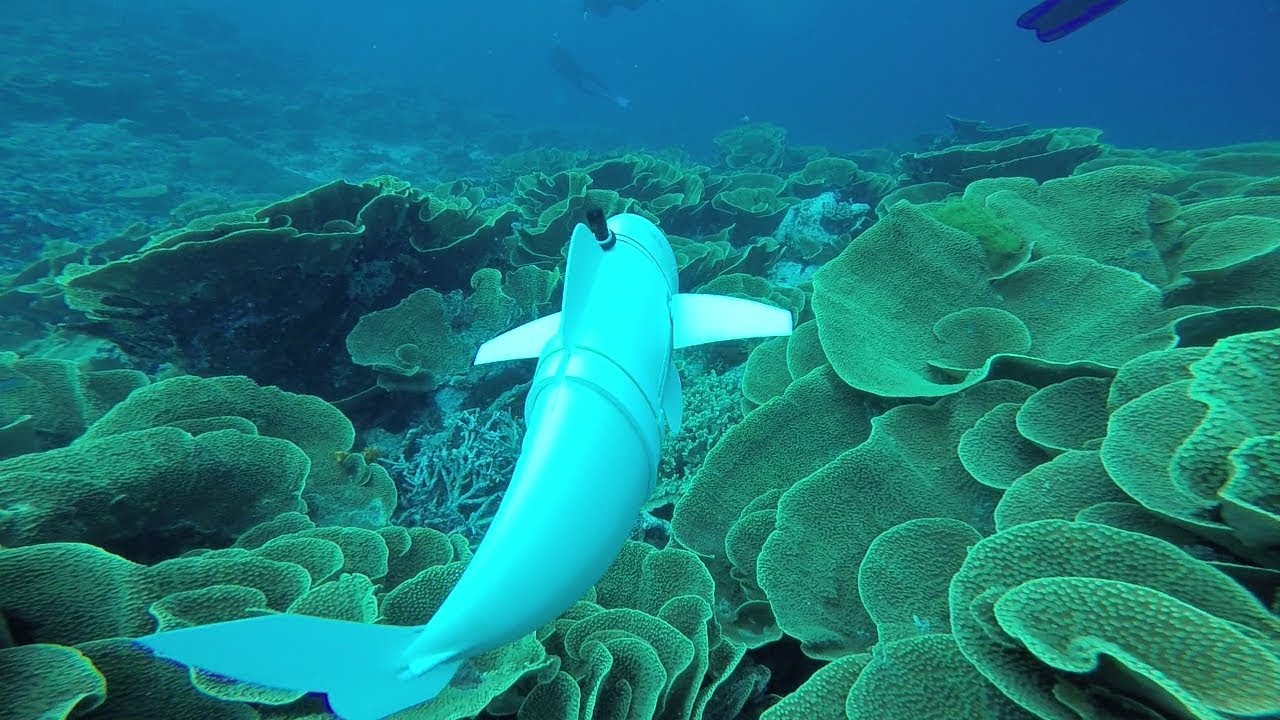
Fish Genetic Diversity
An international research team from ETH Zurich and French universities has studied genetic diversity among fish around the world for the first time. Their research produced a map that will serve as an important tool in improving the protection of species and genetic diversity in the future.
